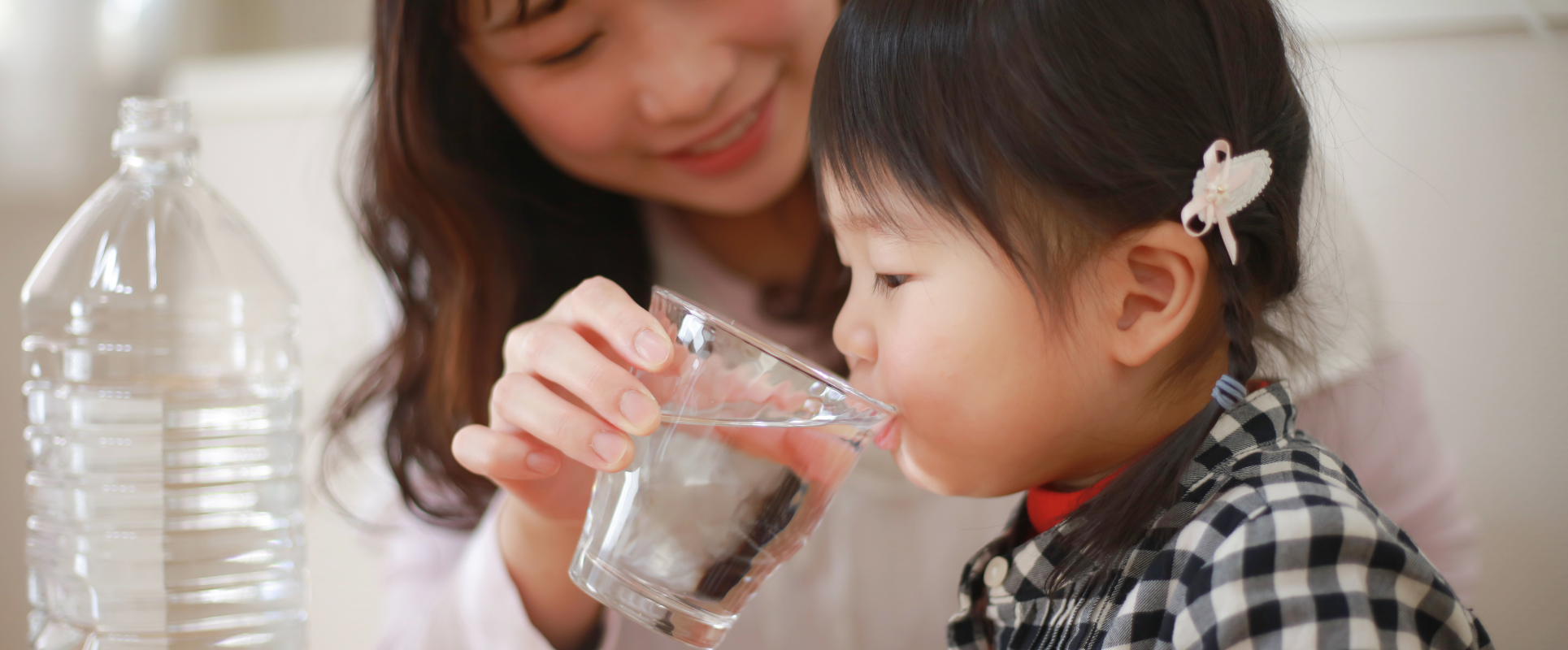
Asthma in Children: Symptoms, Causes and Management
Asthma is one of the most common chronic illnesses in children, affecting more than 262 million people worldwide, according to the World Health Organization (WHO).
In children, asthma can cause frequent coughing, wheezing and difficulty breathing—sometimes leading to emergency situations.
While asthma cannot be cured, early diagnosis and proper management can help children live healthy, active lives.
What Is Asthma?
Asthma is a chronic condition where the airways in the lungs become inflamed and narrow. This makes it harder for air to flow, causing breathing difficulties. In children, asthma episodes are often triggered by allergens, infections, exercise or environmental irritants.
Common Symptoms of Asthma in Children
Asthma symptoms can vary from mild to severe and may worsen at night or early morning.
Typical symptoms include:
-
Wheezing (a whistling sound when breathing)
-
Shortness of breath
-
Persistent coughing, especially at night
-
Chest tightness
-
Fatigue due to disrupted sleep
Note: Not all children with these symptoms have asthma. A proper diagnosis from a pediatrician or pediatric pulmonologist is essential.
Causes and Triggers
Asthma is caused by a combination of genetic and environmental factors.
Common triggers in children:
-
Allergens – pollen, dust mites, pet dander, mold
-
Respiratory infections – colds, flu, RSV
-
Air pollution – smoke, vehicle exhaust
-
Weather changes – cold air or sudden temperature shifts
-
Exercise – especially in cold, dry air
-
Strong smells – perfumes, cleaning products
-
Emotional stress – intense crying or laughing can trigger symptoms
How Asthma Is Diagnosed in Children
Diagnosis may include:
-
Medical history review – family history of asthma or allergies
-
Physical examination – listening to breathing
-
Lung function tests – spirometry (usually for children over 5)
-
Allergy testing – skin prick or blood tests
Asthma Management and Treatment
While there’s no cure for asthma, it can be effectively controlled with the right approach.
1. Medications
-
Quick-relief (rescue) medicines – such as short-acting bronchodilators (e.g., albuterol) for immediate symptom relief
-
Long-term control medicines – such as inhaled corticosteroids to reduce airway inflammation
-
Leukotriene modifiers – for allergy-related asthma
2. Asthma Action Plan
A written plan from your doctor outlining:
-
Daily management
-
How to recognize and handle worsening symptoms
-
When to seek emergency care
3. Avoiding Triggers
-
Keep the home free from dust, mold and smoke
-
Use allergen-proof bedding
-
Monitor air quality and pollen counts
4. Regular Checkups
Asthma should be monitored regularly, even if symptoms are mild.
Complications if Left Uncontrolled
Uncontrolled asthma can lead to:
-
Frequent hospital visits
-
Reduced ability to play and participate in activities
-
Sleep problems
-
Long-term lung damage in severe cases
Living Well with Asthma
With proper management:
-
Children can participate in sports and activities
-
School attendance improves
-
Risk of severe attacks decreases
Education for both parents and children is key—knowing how to use inhalers properly, identifying triggers, and following the action plan.
When to Seek Emergency Help
Call emergency services if your child:
-
Struggles to breathe or speak
-
Has bluish lips or face
-
Uses chest and neck muscles to breathe
-
Shows no improvement after using a rescue inhaler
Conclusion
Asthma in children is common but manageable. With the right treatment, lifestyle adjustments and parental awareness, most children with asthma can enjoy active, healthy lives. Early recognition, trigger control and consistent medical care make all the difference.
References
-
World Health Organization (WHO) – https://www.who.int/news-room/fact-sheets/detail/asthma
-
Centers for Disease Control and Prevention (CDC) – https://www.cdc.gov/asthma/most_recent_national_asthma_data.htm
https://www.cdc.gov/national-asthma-control-program/php/about/ccare.html
-
American Lung Association – https://www.lung.org/lung-health-diseases/lung-disease-lookup/asthma
-
Mayo Clinic – https://www.mayoclinic.org/diseases-conditions/childhood-asthma/symptoms-causes/syc-20351507
-
American Academy of Pediatrics (AAP) – https://www.aap.org/en/patient-care/asthma/








